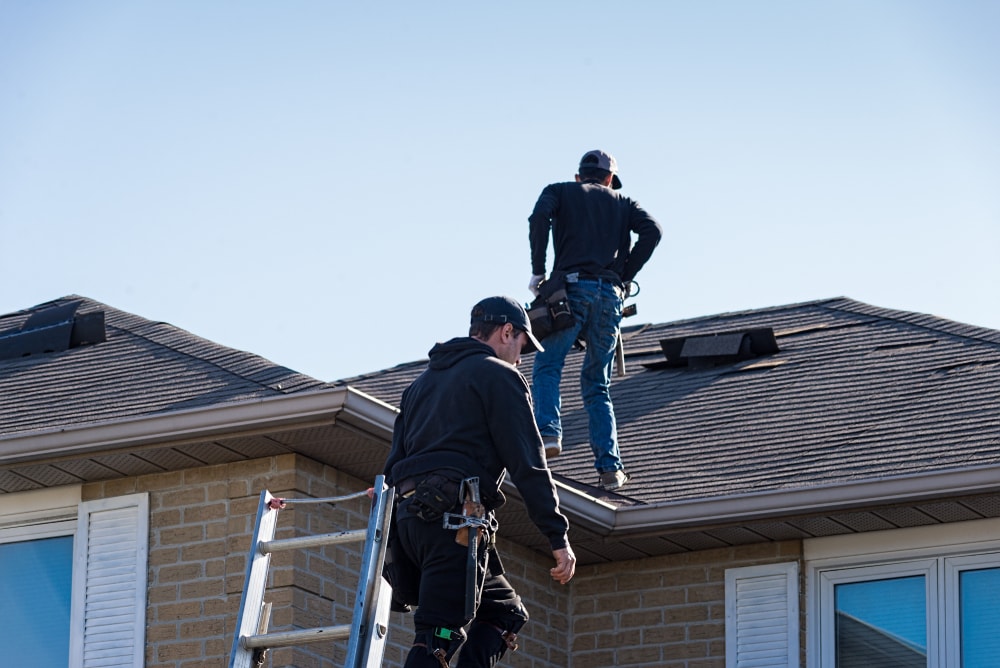With much greater interconnectedness across the globe, diversity in the workplace has become a standard in the U.S. In the roofing industry, diversity in the workplace comes chiefly in the form of Mexican and Hispanic workers. Unfortunately, along with cross-cultural diversity can come communication deficiencies. Whether it’s a language barrier or differing cultural views, cross-cultural roofing crews can run into many miscommunications. These miscommunications can lead to inefficiencies, misunderstandings, and even dangerous mistakes.
Learn how to easily resolve these communication errors and keep your teams on the same page.
Tools to Improve Communication
The most evident communication barrier present when working with cross-cultural crews is language. Sometimes your workers might know little to no English, making it difficult to communicate with them. However, communicating despite a language barrier has become easier recently, due to a push to translate guidebooks and manuals into Spanish. Resources like the NRCA Roofing Manual and NRCA Toolbox Talks are now available in Spanish, ensuring that Hispanic workers are able to understand them fully. Many roof apps also are able to relay important information in numerous languages.
Read: Improving Communication for Roofing Projects
These resources are particularly important because they contain safety information and using them as a communication resource can help prevent injuries and keep your workers safe. Another way to improve communication regarding the language barrier is to take down the barrier. Consider hiring bilingual supervisors or providing Spanish and English lessons for workers and existing supervisors. This option helps facilitate communication by helping both sides of the language barrier understand each other better.
Understand Different Cultures
While the language barrier is the most obvious and most daunting obstacle to communication, differing cultural views actually pose significant challenges as well. One of the most prominent differences in cultural views between cross-cultural crews is the disparity between respect in the workplace. In many Hispanic cultures, much more respect is given to the boss and superiors than in the US. In the US, high value is placed on having an opinion and speaking your mind. This means you can propose your own solutions to a problem and even respectfully disagree with your superiors so long as it is done appropriately. This is not the case in many Hispanic cultures, where it is commonly held that the boss is always right. This can cause problems in even minor situations, such as when the boss asks “Do you understand?”. Hispanic employees will often respond with an eager “yes” even if it’s not true in order to avoid conflict with the boss. It is not hard to see how this kind of miscommunication can lead to problems fast. To resolve this issue, actively work to make cross-cultural crews comfortable with superiors and encourage asking questions and proposing ideas.

As the world becomes increasingly interconnected, cross-cultural work is becoming more and more frequent. While it’s true cross-cultural work can lead to communication errors, there are many benefits to having cross-cultural crews, such as differing perspectives and having the best people for the job regardless of culture.
Cross-cultural communication barriers are easily manageable and by following the tips above you can convert what originally posed a challenge to your business into an asset.